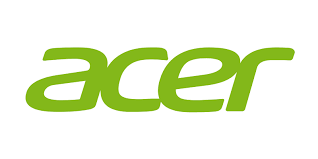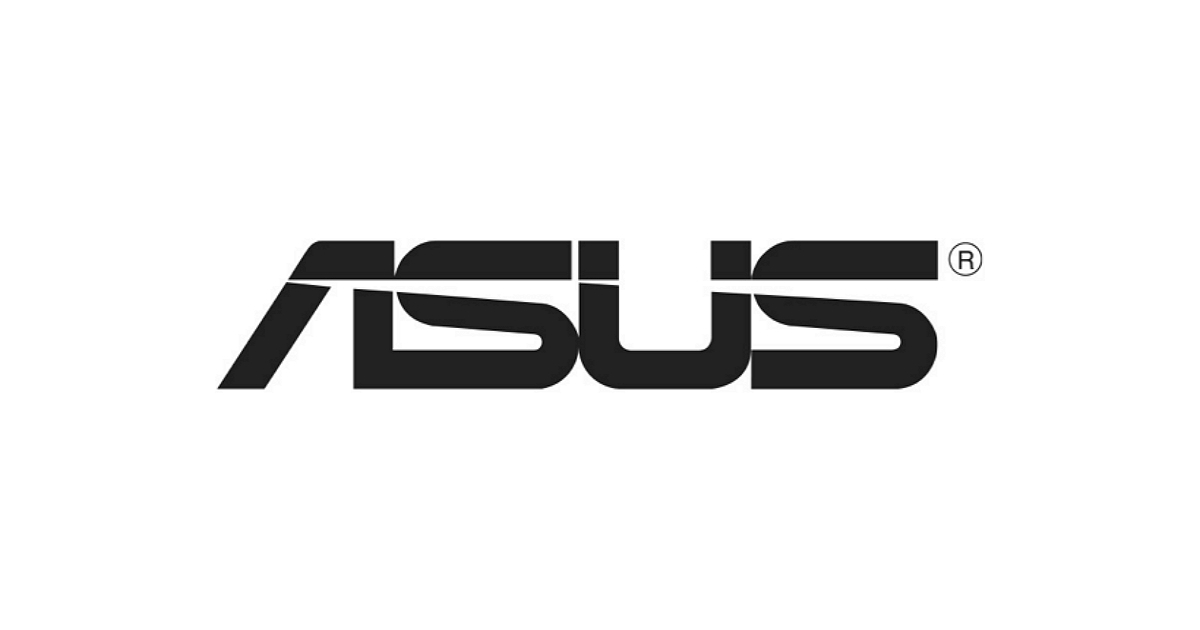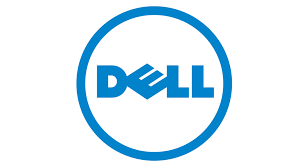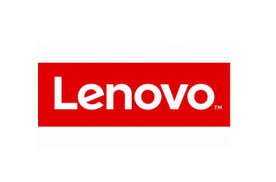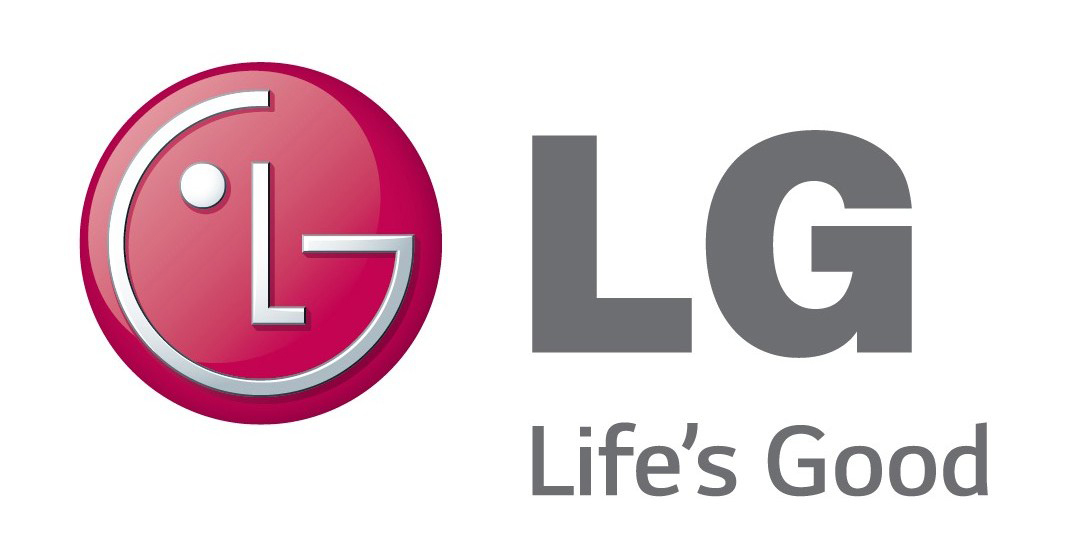Banks, for example, want to know before extending credit whether a company is collecting—or getting paid—for its accounts receivables in a timely manner. On the other hand, on-time payment of the company’s payables is important as well. Both the current and quick ratios help with the analysis of a company’s financial solvency and management of its current liabilities. Current liabilities are financial obligations that a company owes within a one year time frame.
Liabilities that Represent Collections for Third Parties or Depend Upon Operations
Other types of liabilities, such as federal and state corporate income taxes, will depend on the company’s operations and profitability. Current liability accounts can vary by industry or according to various government regulations. Typically, vendors provide terms of 15, 30, or 45 days for a customer to pay, meaning the buyer receives the supplies but can pay for them at a later date. These invoices are recorded in accounts payable and act as a short-term loan from a vendor. By allowing a company time to pay off an invoice, the company can generate revenue from the sale of the supplies and manage its cash needs more effectively.
A note payable is usually classified as a long-term (noncurrent)liability if the note period is longer than one year or thestandard operating period of the company. However, during thecompany’s current operating period, any portion of the long-termnote due that will be paid in the current period is considered acurrent portion of a note payable. The outstandingbalance note payable during the current period remains a noncurrentnote payable. On the balance sheet, the current portion of thenoncurrent liability is separated from the remaining noncurrentliability.
Next month, interest expense is computed using the new principal balance outstanding of $9,625. This means $24.06 of the $400 payment applies to interest, and the remaining $375.94 ($400 – $24.06) is applied to the outstanding principal balance to get a new balance of $9,249.06 ($9,625 – $375.94). The annual interest rate is 3%, and you are required tomake scheduled payments each month in the amount of $400.
- Sometimes, companies use an account called other current liabilities as a catch-all line item on their balance sheets to include all other liabilities due within a year that are not classified elsewhere.
- These include liabilities whose amount can be determined, liabilities that represent collections for third parties or depend upon operations, and contingent liabilities.
- While determining the value of these liabilities does not present any challenge, they must still be identified and recorded in the proper accounting period.
- However, the exact treatment of current liabilities can vary from company to company, based on the industry or sector the company operates in.
- When preparing a balance sheet, liabilities are classified as either current or long-term.
Working Capital
All such information is provided solely for convenience purposes only and all users thereof should be guided accordingly. Included in this category are accounts such as Accounts Payable, Trade Notes Payable, Current Maturities of Long-term Debt, Interest Payable, and Dividends Payable. Textbook content produced by OpenStax is licensed under a Creative Commons Attribution-NonCommercial-ShareAlike License . A financial professional will offer guidance based on the information provided and offer a no-obligation call to better understand your situation.
In short, a company needs to generate enough revenue and cash in the short term to cover its current liabilities. As a result, many financial ratios use current liabilities in their calculations to determine how well or how long a company is paying them down. Commercial paper is an unsecured, short-term debt instrument issued by a corporation, typically for the financing of accounts receivable, inventories, and meeting short-term liabilities such as payroll. Commercial paper is usually issued at a discount from face value and reflects prevailing market interest rates, and is useful because these liabilities do not need to be registered with the SEC. The value of the short-term debt account is very important when determining a company’s performance. Simply put, the higher the debt to equity ratio, the greater the concern about company liquidity.
The current portion of long-term debt due within the next year is also listed as a current liability. Accrued expenses are listed in the current liabilities section of the balance sheet because they represent short-term financial obligations. Companies typically will use their short-term assets or current compare and contrast job order costing and process costing assets such as cash to pay them.
Why Is Accounts Payable a Current Liability?
Bank Account Overdrafts are short-term advances issued by the bank to compensate for any account overdraft caused by issuing checks in excess of available funding. In other words, if you spend more than you have in your current bank account, the bank will cover the difference in the short term, – usually, there will be a charge for this. Therefore, the value of the liability at the time incurred is actually less than the cash required to be paid in the future. Also, if cash is expected to be tight within the next year, the company might miss its dividend payment or at least not increase its dividend. Dividends are cash payments from companies to their shareholders as a reward for investing in their stock. Income taxes reduce your taxable income are required to be withheld from an employee’s salary for payment to a federal, state, or local authority (hence they are known as withholding taxes).
The list of current liabilities outlined below shows the vital components to account for. Contract liabilities can be either current or non-current liabilities, depending on the timing of when the contract is expected to be fulfilled. Current liabilities, therefore, are shown at the amount of the future principal payment. Essentially, the time value of money means that cash received or paid in the future is worth less than the same amount of cash received or paid today.
Noncurrent liabilities are long-term obligations with payment typically due in a subsequent operating period. Current liabilities are reported on the classified balance sheet, listed before noncurrent liabilities. Changes in current liabilities from the beginning of an accounting period to the end are reported on the statement of cash flows as part of the cash flows from operations section. An increase in current liabilities over a period increases cash flow, while a decrease in current liabilities decreases cash flow. Unearned revenue, also known as deferredrevenue, is a customer’s advance payment for a product or servicethat has yet to be provided by the company. Some common unearnedrevenue situations include subscription services, gift cards,advance ticket sales, lawyer retainer fees, and deposits forservices.
This can give a picture of a company’s financial solvency and management of its current liabilities. Short-term debt includes short-term bank loans, lines of credit, and short-term leases. An example of a current liability is accounts payable, or the amount owed to vendors and suppliers based on their invoices.
Proper Current Liabilities Reporting and Calculating Burn Rate
This means $10,000 would beclassified as the current portion of a noncurrent note payable, andthe remaining $90,000 would remain a noncurrent note payable. Current liabilities are a company’s short-term financial obligations that are due within one year or within a normal operating cycle. An operating cycle, also referred to as the cash conversion cycle, is the time it takes a company to purchase inventory and convert it to cash from sales. An example of a current liability is money owed to suppliers in the form of accounts payable. To summarize, current liabilities on the balance sheet are short-term debts and other financial obligations that a firm must repay within one year of one operating cycle, whichever is longer.

